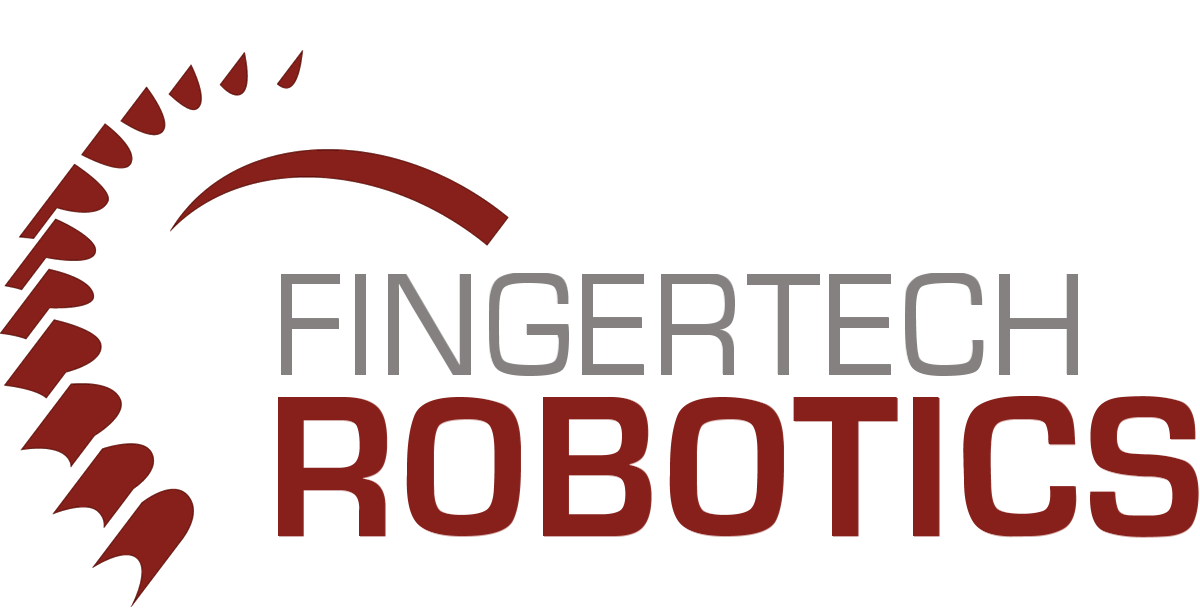RageBridge ESCs have been discontinued by the manufacturer. We will keep this page active so their customers can still access its manuals, drawings, and CAD models.
The RageBridge 2 is a dual-channel DC brush controller designed for R/C, analog signal, or TTL serial-connected systems which drives 1 or 2 motors at 40 or more amps all day, anywhere from 8 to 40 volts, with no fancy frills.
Specifications:
| Voltage Input Range | 12 to 30v nominal (8 – 40v absolute limits) |
Continuous Current
| 40A True Continuous, per side (50A+ with fan cooling) |
Maximum Current
| Up to 90A Constant-Current Mode Limited, per side
75A for 30 seconds per side, rated |
Switching Frequency
| 15.6kHz |
Braking
| Synchronous rectification with regenerative braking |
| Logic Power | 5V @ 150mA |
| Inputs | 3 channels – R/C mode
2 channels & Arming/Reversing switch – Analog mode
1 TTL Serial UART |
| Size | 10.5 x 5 x 2cm (4.15″ x 2″ x 0.8″) |
| Weight | 125g (4oz) with 6″ wire pigtails |
Heat Management
| Aluminum heat spreader plate |


Documentation
More Information
Architecture
RageBridge 2 is a dual H-bridge allowing control of up to two DC brush motors independently, integrated onto a single board. The switching topology of RageBridge 2 is known as "synchronous rectification". In this method, the motor is always being alternately powered and then braked. While it may sound unnecessarily complicated, it significantly decreases heat dissipation in both motor and power MOSFETs because current is never just being burnt off as heat for a portion of the switching cycle. The result is a controller that can handle more power in a smaller package.
Additionally, the bidirectional current flow means the battery supply gets recharged when the motor is undergoing braking, with energy supplied from the kinetic energy of the moving drivetrain or actuator. This translates to an increase in run time of a few percent in most cases.
Component Selection
RageBridge 2 uses 8 massive TO-263-7 “D²PAK” MOSFETs from International Rectifier. The reason these large, more expensive FET packages were chosen was because of robustness. While many modern DC motor controllers advertise 40A continuous current, they often use only 1 small power SO-8 or D-PAK transistor per leg of the H-bridge! Such small packages, no matter how well heat sunk, will always have worse thermal overload transient properties.
The 8 power MOSFETs are heat sunk through the board onto copper planes, then to the isolated aluminum heat sink. With no additional airflow, RageBridge has demonstrated continuous 40A per channel performance at 50% duty cycle – the worst possible case for the semiconductors as they are being constantly switched on and off.
Constant Current Limiting
RageBridge 2 differs again from most DC motor controllers in how it handles motors that are bigger than it should be driving!
- The vast majority of controllers simply do not have any protection. That means a sudden short, drivetrain lockup, or motor failure will destroy the controller as it tries to flow the motor stall current. Sizing a controller to handle motor stall current is very impractical and expensive, often resulting in controllers being many times bigger than they need to be.
- Many popular DC motor controllers today advertise “overcurrent protection”. But often, they mean is the controller will shut down upon a certain current threshold, and often requires a power cycle or the load to drop to zero before enabling again. This means that under heavy acceleration, your robot or vehicle might just turn off all of a sudden, leaving it (or you) stranded. Once again, the controller has to be many times overrated in order to handle the load.
RageBridge 2 features an innovative hysteresis-based current limiting scheme where there is a true output current ceiling. The motor output current is sampled 15,600 times every second, and if it is over the threshold, the output voltage is reduced each cycle until the current falls under the limit.
This results in a fluctuating output voltage whose average magnitude is just enough to maintain the maximum current. The sampling rate is fast enough to prevent a sudden motor stall from damaging the controller in most cases, and can even delay motor burnup significantly.
A known maximum current also aids in the design of drivetrain and manipulator components. Because every DC motor produces a certain amount of torque (Ft-lb or Newton-meters) per amp of current drawn, the motor will be producing a known maximum torque. RageBridge 2 can therefore simply mechanical design significantly and aid in choosing components better suited to the task.
It is important to note that the maximum current may cause slightly slower acceleration in drivetrain applications, compared to an unprotected controller. For light devices, the effect may be minimal or totally negligible. For heavier devices with higher powered motors, acceleration may be noticeably ramped.
 Login Status
Login Status


